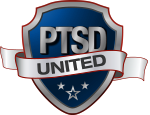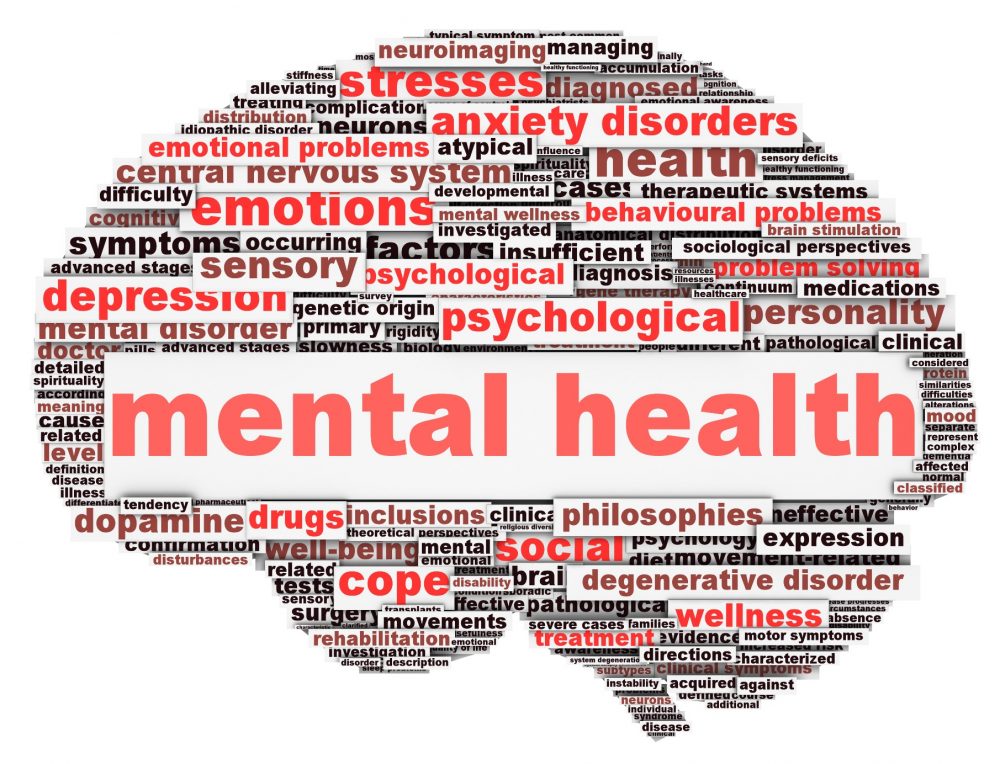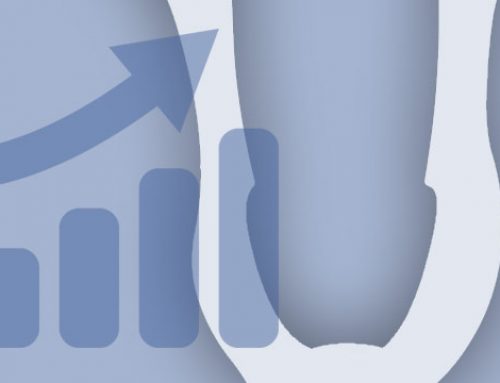Mental illness, considered as an abnormality of person’s psychism and dominated by a behavioral or thinking pattern of peculiarity, may lead to pain or disability. The peculiarity characterizing this pattern depends on the type of the mental illness developed by the person involved.
Mental illness may affect not only how a person feels, but also how thinks, behaves, socializes and perceives the world, being the way an individual experiences its daily life.
The close-home environment always remains a catalytic factor in confronting the mental illness.
Timely recognition and understanding of the mental disorder as well as proper guidance from an expert, might improve the size of the problem experienced by the individual providing a better level on the individual’s routine.
A mental illness can be related Brain dysfunction or even damage to central nervous system are closely associated with the mental illness and its development.
Diagnosis might not be easy in all cases and the patient usually experiences a denial of its own condition, refusing any help.
According to WHO, a figure exceeding 30% of the world’s population, experience a similar disorder currently, with the vast majority of cases occurring in the advanced western world.
Basic Categories of Mental Illnesses
A broad variety of different categories of mental illnesses, all associated with the disorder’s cause and manifestation.
Here are some of the most important and common types of disorders:
-
Anxiety Disorders
Excessive intensity and stress in daily routine are the usual characteristics of people with anxiety disorder. In most situations, the response of these individuals shows hesitation, fear, panic and suspicion.
Usually, physical symptoms such as intense sweating, speeding, sleep disorders, difficulty in breathing or even shortness of breath (plus nausea, dizziness & dry mouth according to WebMD) are such symptoms accompanying any anxiety crisis making it even more evident.
Any anxiety attacks may be manifested either in the form of panic attacks in daily life, or even by specific phobias or antisocial behavior.
The main emotions overwhelming a person with anxiety disorder are intense sadness for long periods (even clinical depression), mood swings (from joy to sadness and vice versa), fear and insecurity.
-
Eating Disorders
Eating disorders are very common in the advanced western world, even in people of all ages (from young children to adults).
Like most types of disorders, eating disorders are not as harmless as most people think. On the contrary, are as serious as any other mental disorder, might even leading to a person’s death.
Manifested by extreme emotions, behaviors and reactions, somehow related to eating. It might be manifested as bulimia and sometimes as anorexia.
The person seems not to have any control over its emotions, so usually its eating impulses, tend to fill emotional gaps.
Obviously, these people are addicted to a particular dietary way of thinking, trying to stick to it. Any deviation provokes intense feelings of regret, guilt, shame, anger, disgust and low self-esteem.
However, that is not all. Usually people with an eating disorder tend to be prone to general addictions (gambling, sexism, kleptomania, drugs, alcohol, and pyromania).
They are unable to control their impulses at every level and in every field, not developing an instinct of responsibility and having difficulty in their interpersonal relationships.
The most common types of eating disorders are anorexia nervosa, bulimia nervosa, orthorexia, and occasional excessive disorder ( less common but equally worrying is rumination disorder, which may lead to serious malnutrition according to Mayo Clinic).
-
Psychotic Disorders
Distorted view of the world and reality characterize people with a psychotic disorder, exhibiting extreme reactions and complex thinking.
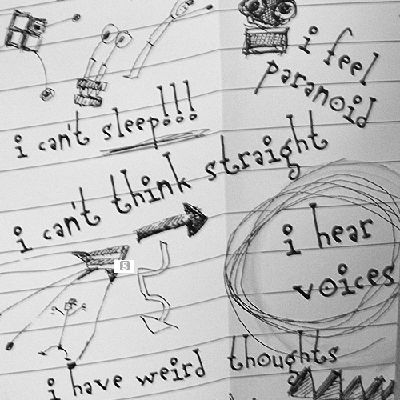
Usually illusions and fantasies boost this complicated way of thinking and perceiving reality.
Groundless and non-existent images and sounds follow these individuals, believing that these are true and real situations.
It’s more important to understand what a psychosis really is. A well-known psychotic disorder is schizophrenia.
Certainly, we have all seen relevant movies and have in our minds a picture of how a psychotic person treats the world.
However, the symptoms a person may experience are many and vary.
The differentiation of symptoms is what makes difficult to diagnose the disorder initially.
Sometimes the individual seems to understand the irrationality of its beliefs, while at other times accepts this imaginary world perceived as perfectly real and true.
Self-diagnosis is extremely difficult in a person with this disorder, so monitoring by a specialist is therefore essential.
The doctor will be able to guide the patient in the right way for controlling the compulsions and hallucinations, and certainly to reduce the symptoms manifesting and disrupting their daily lives.
A relationship of trust with a specialist psychiatrist is the first very important step in tackling the problem. This will eventually lead the patient to seek (on its own initiative) appointments with their trusted doctor.
-
Post Traumatic Stress Disorders – PTSD
Post-traumatic stress disorder is a condition manifesting in a relatively short time from a severe shock, a traumatic episode, or an intense psychological & emotional state.
Persons sexually or verbally abusive, individuals returning from a war zone, people who have suddenly lost a loved person, persons who have survived an accident, robbery, or natural disaster, experience this type of disorder. You can see the Ptsd Statistics Here
The feeling characterizing these individuals is usually the absence of any emotion. Numbness, freezing, or lack of interest for anything are, the obvious symptoms shown in this situation.
-
Obsessive-Compulsive Disorders (OCD)
People suffering from a kind of obsessive-compulsive disorder are overwhelmed by constant and persistent thoughts, overwhelmed by continuous and persisting thoughts; seem to be not able to control the daily routine, with phobia directing even their way of thinking.
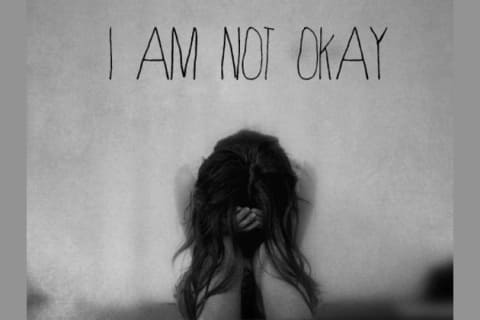
These persistent thoughts are always negative, imposing on the individual special rituals (the so-called compulsions).
These obsessions do not allow the person to remain calm, and as a result, they are constantly overwhelmed by an irrational fear.
Microbophobia, is a typical example of coercion driving a person to constantly wash the hands, be afraid of touching any surface in public space, or even touching other people (we suggest you to read a recent study, published in ScienceDaily, presenting the “fake rubber hand” treatment).
Antisocialism is a common symptom of obsessive-compulsive disorder.
-
Personality Disorders
A person with a personality disorder usually causes problems and episodes at school (in case of children) or at work (if adults) and more generally in their surroundings and in interpersonal relationships.
It’s a typical example of a person with antisocial behavior and usually paranoid personality. This is because the personal thinking and reaction pattern comes to a conflict with society.
This results in person’s extreme and abnormal reaction, with behavior resisting conforming to anything they are asked to execute.
-
Mood Disorders
Certainly, there are mood disorders, another very common category of mental disorders. This disorder is associated with person’s emotional world.
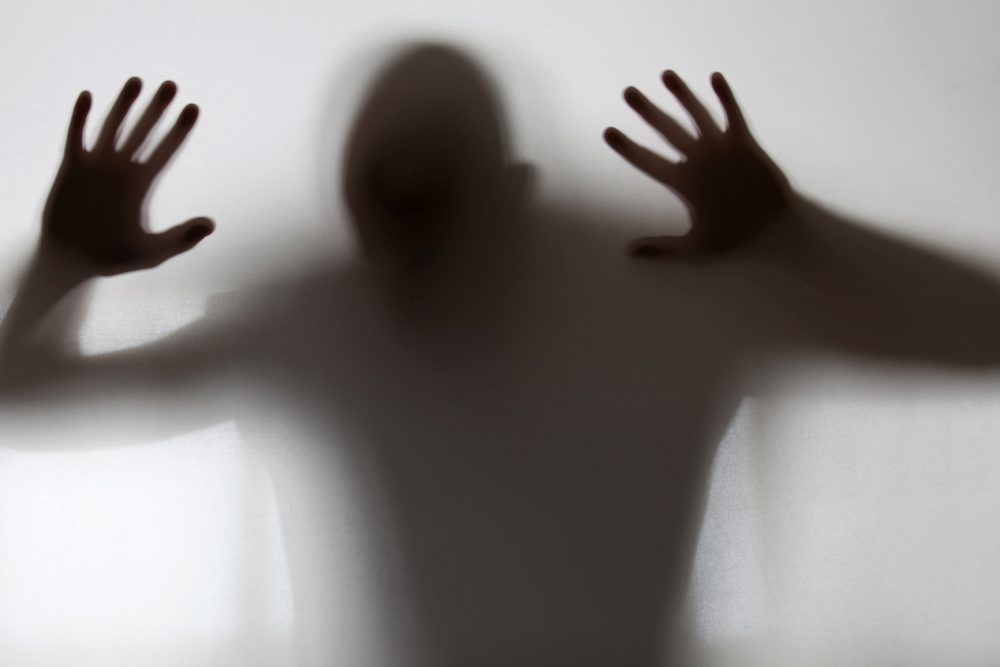
The most common disorders in this category are depression, bipolar disorder and canine pulmonary disorder.
The dominant feelings are sadness and resignation. Αperson may frequently experience extreme joy-sadness alternation (characteristic of bipolar disorder).
Secondary Categories of Mental Disorders
-
Adjustment Disorders
This type develops as a form of severe emotional or behavioral symptoms responding to a stressful event or a severe condition.
Situations, which may activate a similar disorder, may be exogenous related to a car accident or natural disaster, or even interpersonal, being manifested as a response to a divorce, sudden death, significant loss, or even in a problem of addiction.
-
Dissociative Disorders
Its older name was Multiple Personality Disorder and the person with a similar disorder has severe identity and memory problems, not being aware of its true self and its environment.
This disorder is usually associated with severe anxiety following a traumatic event.
-
Somatic Symptom Disorders
A condition, otherwise defined as a psychosomatic disorder, manifesting itself with high physical symptoms caused by an emotional or psychological factor not being possible to be medically justified.
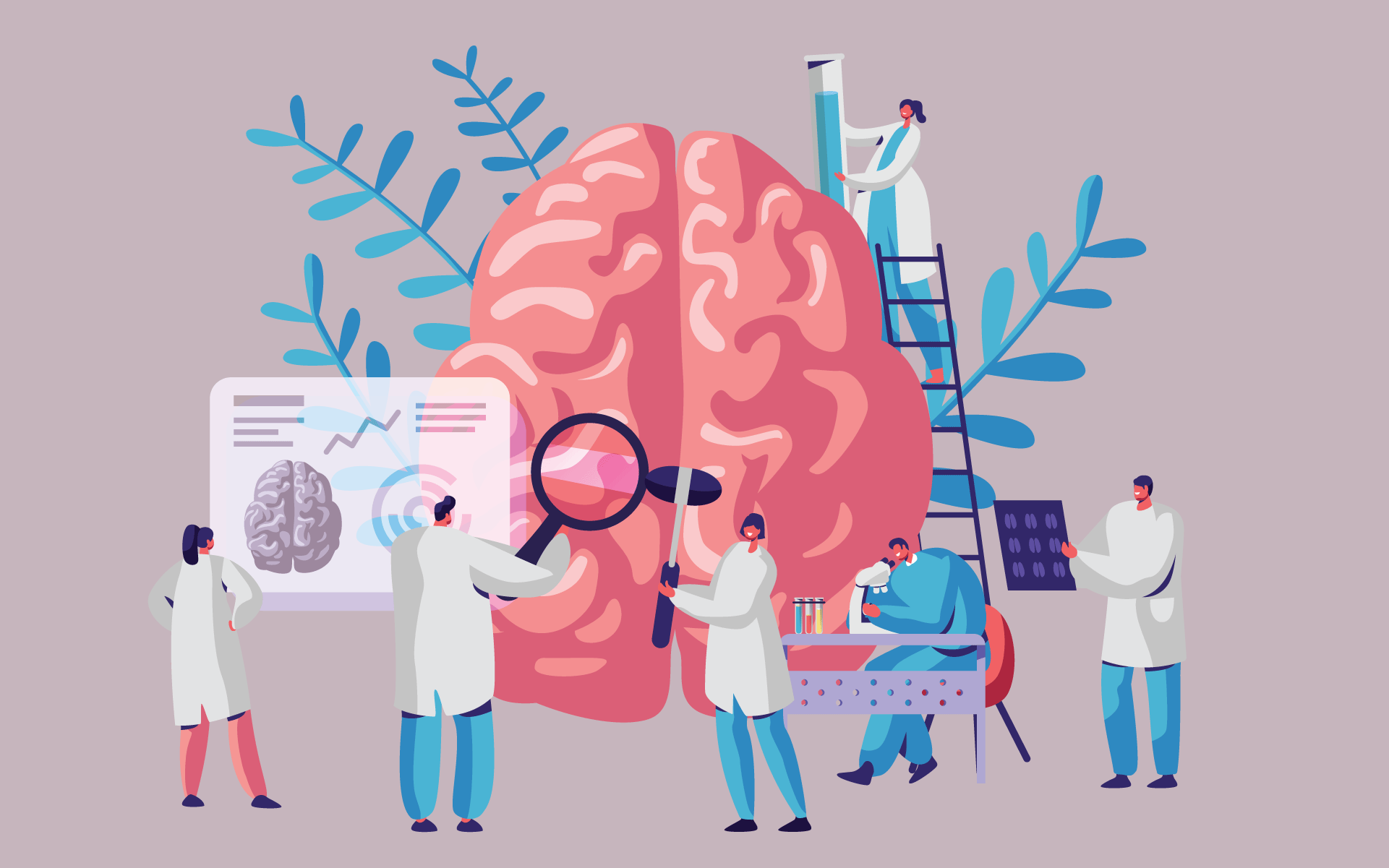
-
Tic Disorders
These are fast and repetitive movements or sounds, becoming uncontrollable and naturally involuntary (some researches classify tic disorders as subtypes of -previously mentioned- OCD).
